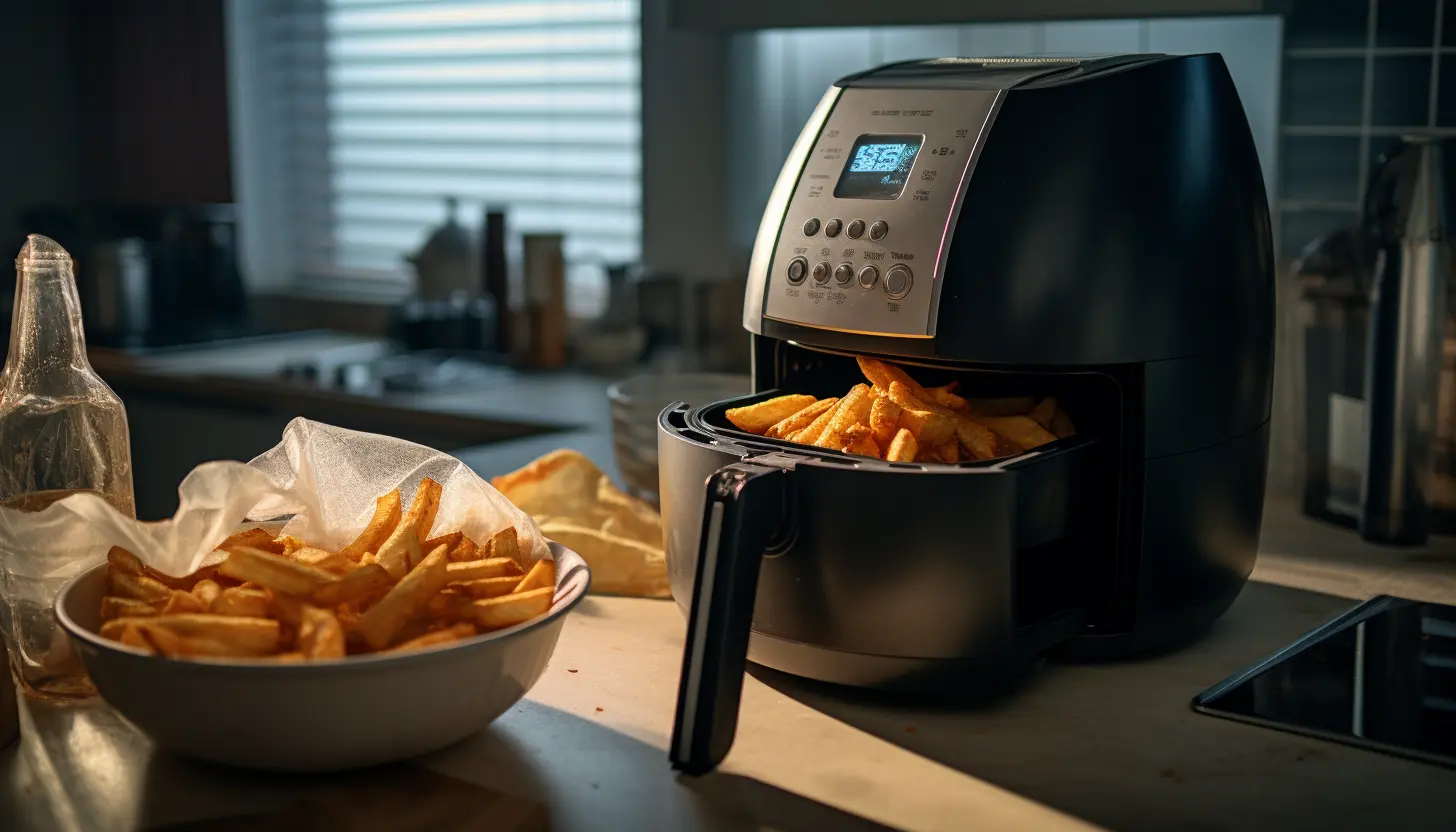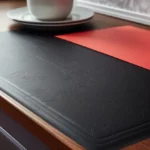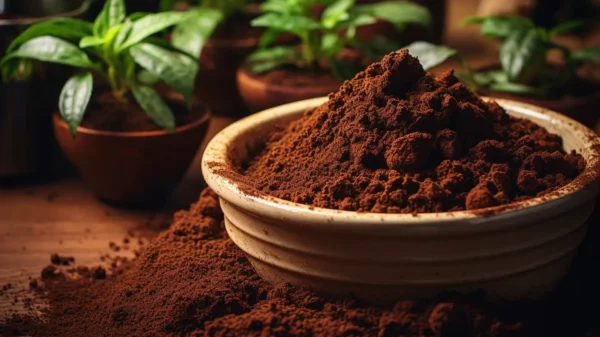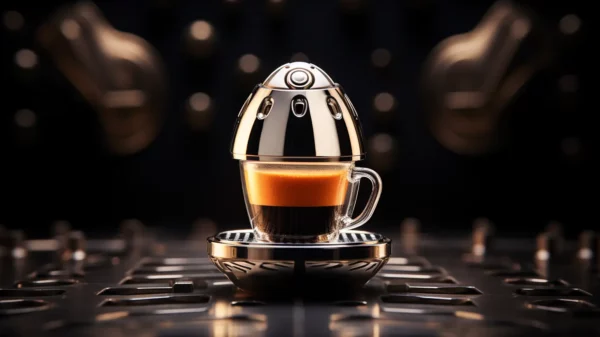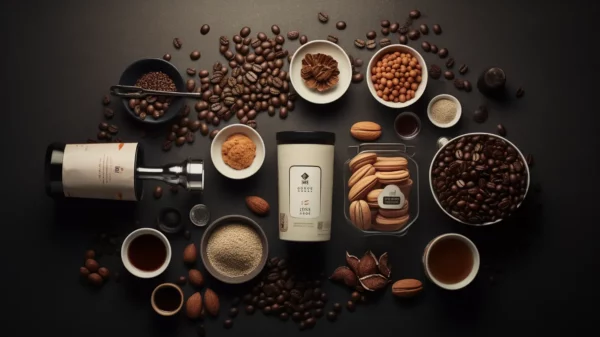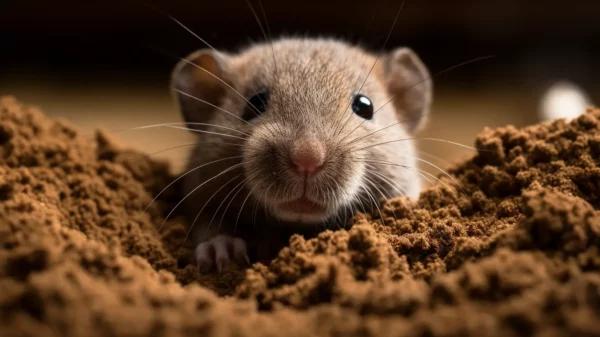When it comes to using paper towels in an air fryer, the answer is not a straightforward yes or no. While some individuals may argue that using paper towels in an air fryer is safe and convenient, there are potential risks and concerns that need to be taken into consideration.
First and foremost, it is essential to understand the purpose of using paper towels in cooking. Paper towels are commonly used to absorb excess oil or moisture from fried foods, helping to enhance their texture and reduce greasiness. However, when placed directly in an air fryer, paper towels can pose several hazards.
One of the primary concerns is the risk of fire. Air fryers work by circulating hot air around the food, creating a crisp outer layer. Placing paper towels in direct contact with the heating element or hot air vents can increase the likelihood of them catching fire. The high temperatures inside the air fryer, combined with the flammable nature of paper towels, can lead to dangerous situations.
Additionally, paper towels are often treated with chemicals, such as bleach or dyes, which can potentially release harmful substances when exposed to heat. These chemicals can contaminate the food and pose health risks when consumed. It is crucial to prioritize food safety and avoid any potential contamination when using an air fryer.
To address these concerns, it is recommended to explore alternative options for absorbing excess oil or moisture in an air fryer. Silicone or reusable mats are excellent alternatives that provide a safe and effective solution. Silicone mats are heat-resistant and non-stick, making them ideal for use in an air fryer. They can be easily cleaned and reused, eliminating the need for disposable paper towels.
Another option is using aluminum foil, which can be shaped into a tray or bowl to catch any drippings from the food. However, it is important to follow proper guidelines and precautions when using aluminum foil to avoid any potential risks. Ensure that the foil is not in direct contact with the heating element or blocking the airflow within the air fryer.
Other suitable materials for absorbing excess oil or moisture include parchment paper or cooking racks/trays. These options provide a safe barrier between the food and the air fryer, preventing any potential hazards while still achieving desirable cooking results.
In conclusion, while it may be tempting to use paper towels in an air fryer for convenience, it is crucial to prioritize safety and food quality. The potential risks of fire hazards and chemical contamination outweigh the convenience factor. By exploring alternative options such as silicone mats, aluminum foil, or parchment paper, you can ensure a safe and enjoyable air frying experience. Remember to always follow the manufacturer’s guidelines and best practices for using your specific air fryer model.
Understanding the Purpose of Using Paper Towel in Cooking
Before delving into the topic of using paper towels in an air fryer, it’s important to understand the purpose behind their use in cooking. Paper towels have long been a staple in the kitchen due to their absorbent properties. When it comes to frying foods, paper towels are commonly used to remove excess oil and moisture, resulting in a crispier and less greasy final product.
When we deep fry or pan fry food, it often absorbs more oil than desired. This excess oil not only affects the texture of the food but can also be detrimental to our health. Paper towels come to the rescue by providing a simple and effective way to blot away the excess oil, making the food more enjoyable to eat.
In traditional frying methods, after removing the food from the oil, it is usually placed on a paper towel-lined plate or rack to allow the excess oil to drain. The paper towel absorbs the oil, preventing it from saturating the food and reducing its greasiness. This technique has been widely adopted in home kitchens and professional cooking establishments for years.
However, when it comes to using paper towels in an air fryer, the dynamics change. Air fryers utilize hot air circulation to cook food, eliminating the need for excessive amounts of oil. The design of the air fryer basket and the cooking process itself work together to drain excess oil away from the food, resulting in a healthier alternative to traditional frying methods.
The question arises: do we still need to use paper towels in an air fryer? The purpose of using paper towels in traditional frying methods is to absorb excess oil, but since air fryers already minimize the use of oil, the need for paper towels becomes less apparent.
While some individuals may argue that using paper towels in an air fryer can help absorb residual oil or moisture from the food, it is essential to weigh the potential risks and benefits. As we discussed earlier, there are concerns regarding fire hazards and chemical contamination when using paper towels in an air fryer. These risks should not be taken lightly, as they can compromise both your safety and the quality of your cooked food.
In the next section, we will delve deeper into the potential risks and concerns associated with using paper towels in an air fryer, as well as explore the research and expert opinions on this topic. By gaining a better understanding of the potential hazards, we can make informed decisions about the materials we use in our air fryers to ensure safe and delicious results.
Potential Risks and Concerns of Using Paper Towel in an Air Fryer
While the use of paper towels in cooking has been widely accepted and practiced, it is important to recognize the potential risks and concerns associated with using them in an air fryer. These risks primarily revolve around fire hazards and the release of harmful chemicals.
- Fire Hazards: One of the primary concerns when using paper towels in an air fryer is the risk of fire. Air fryers operate by circulating hot air around the food, creating a similar effect to deep frying but with significantly less oil. Placing paper towels in direct contact with the heating element or hot air vents can increase the chances of them igniting and causing a fire. The high temperatures inside the air fryer, combined with the flammable nature of paper towels, create a hazardous environment.
To mitigate the risk of fire, it is crucial to ensure that no paper towel comes into contact with the heating element or obstructs the airflow within the air fryer. Any loose or hanging paper towel can easily catch fire, leading to potential accidents and damage to the appliance or surrounding areas.
- Release of Harmful Chemicals: Another concern related to using paper towels in an air fryer is the potential release of harmful chemicals. Paper towels are often treated with bleach, dyes, or other chemicals to enhance their absorbency or appearance. When exposed to heat, these chemicals can be released into the air and potentially contaminate the food being cooked.
It is important to prioritize food safety and avoid any potential chemical contamination when using an air fryer. While the exact extent of chemical release and its impact on health is not extensively studied, it is recommended to err on the side of caution and explore alternative materials that do not pose this risk.
To ensure the safety of your cooking process and the quality of your food, consider using alternative options that minimize the risks associated with using paper towels. In the following section, we will explore these alternatives in detail, providing you with viable options for absorbing excess oil or moisture in your air fryer. By making informed choices, you can enjoy the benefits of air frying while maintaining a safe and healthy cooking environment.
Alternatives to Using Paper Towel in an Air Fryer
Understanding the potential risks and concerns of using paper towels in an air fryer, it is important to explore alternative options that provide a safe and effective solution for absorbing excess oil or moisture. By utilizing these alternatives, you can enhance your air frying experience without compromising safety or the quality of your cooked food. Let’s explore some of the viable alternatives:
- Silicone or Reusable Mats: Silicone mats are a popular choice for replacing paper towels in an air fryer. These mats are heat-resistant, non-stick, and designed to withstand high temperatures. They can be placed directly in the air fryer basket to catch any drippings and absorb excess oil. Silicone mats are reusable, easy to clean, and provide a safe barrier between the food and the heating element, eliminating the risk of fire hazards associated with paper towels.
- Aluminum Foil: Another alternative to consider is using aluminum foil in your air fryer. Aluminum foil can be shaped into a tray or bowl to catch any drippings or excess oil from the food. However, it is important to exercise caution when using aluminum foil in an air fryer. Ensure that the foil does not come into direct contact with the heating element or obstruct the airflow. This will help prevent the foil from melting or causing uneven cooking. Additionally, it is recommended to use heavy-duty aluminum foil for better durability and stability.
- Parchment Paper: Parchment paper is another suitable material for absorbing excess oil or moisture in an air fryer. It is heat-resistant and non-stick, making it an ideal alternative to paper towels. Simply line the air fryer basket with parchment paper, ensuring that it does not obstruct the airflow. The parchment paper will help absorb any excess oil, making the food less greasy while maintaining its crispy texture. It is important to note that parchment paper should be trimmed to fit the size of the air fryer basket to prevent any fire hazards.
- Cooking Racks or Trays: Cooking racks or trays can also be used as alternatives to paper towels in an air fryer. These racks or trays elevate the food, allowing any excess oil or moisture to drip down, away from the food. They provide a safe and effective way to achieve even cooking while minimizing the need for paper towels. Make sure to choose racks or trays that are compatible with your air fryer model and follow the manufacturer’s guidelines for proper usage.
By utilizing these alternative options, you can ensure a safe and enjoyable air frying experience while achieving desirable cooking results. Remember to always follow the manufacturer’s guidelines and best practices specific to your air fryer model when using any alternative materials. Now that we have explored the alternatives, let’s move on to the next section where we will discuss the best practices and tips for using an air fryer effectively.
Best Practices and Tips for Using an Air Fryer
Now that we have explored the potential risks of using paper towels in an air fryer and discussed alternative options, it is important to understand the best practices and tips for using an air fryer effectively. By following these guidelines, you can ensure optimal performance, safe operation, and delicious results. Let’s dive into the best practices for using an air fryer:
- Preheating the Air Fryer: Preheating the air fryer before cooking is an important step to ensure even cooking and crispy results. Most air fryers have a preheat function that you can use to bring the cooking chamber to the desired temperature before adding your food. Preheating helps to create a consistent cooking environment and reduces the chances of undercooking or unevenly cooked food.
- Using the Right Temperature Settings: Each recipe and food item may require different temperature settings. It is important to follow the recommended temperature guidelines provided in your air fryer’s user manual or specific recipe instructions. Adjusting the temperature settings based on the type and quantity of food being cooked is crucial for achieving optimal cooking results.
- Properly Arranging Food in the Air Fryer Basket: To ensure even cooking, it is important to properly arrange the food in the air fryer basket. Avoid overcrowding the basket, as this can lead to uneven cooking and result in less crispy food. Leave some space between each piece of food to allow the hot air to circulate freely. If necessary, cook in batches to ensure that each piece of food receives adequate heat and airflow.
- Regular Cleaning and Maintenance: Keeping your air fryer clean is essential for its longevity and optimal performance. After each use, allow the air fryer to cool down completely before cleaning. Remove the basket and any removable parts, and wash them with warm soapy water or place them in the dishwasher if they are dishwasher-safe. Wipe down the interior of the air fryer with a damp cloth or sponge, and ensure that it is completely dry before reassembling for the next use.
- Recommended Cooking Times and Techniques: Different foods require different cooking times and techniques in an air fryer. It is important to follow the recommended cooking times provided in recipes or guidelines specific to your air fryer model. Experiment with different cooking techniques, such as flipping the food halfway through or shaking the basket to ensure even browning and crispiness.
- Safety Precautions: To ensure safe operation, always read and follow the manufacturer’s instructions and safety guidelines provided with your air fryer. Avoid placing any materials in the air fryer that may pose a fire hazard, such as paper towels or plastic containers. Keep children away from the air fryer while it is in use, as the exterior can become hot during operation. Additionally, ensure that the air fryer is placed on a stable and heat-resistant surface to prevent accidents.
By following these best practices and tips, you can maximize the potential of your air fryer and enjoy delicious and healthier meals. Remember to experiment with various recipes and cooking techniques to discover your favorite air frying methods. Now that we have covered the best practices, let’s move on to the final section of this blog post where we will summarize the key points discussed and provide a final verdict on using paper towels in an air fryer.
Conclusion: The Verdict on Using Paper Towel in an Air Fryer
After exploring the potential risks and concerns associated with using paper towels in an air fryer, as well as discussing alternative options and best practices, it’s time to summarize the key points discussed and provide a final verdict on this matter.
Using paper towels in an air fryer poses significant risks, primarily related to fire hazards and the potential release of harmful chemicals. The direct contact of paper towels with the heating element or obstructing the airflow can increase the chances of them catching fire, compromising both your safety and the longevity of the appliance. Additionally, the chemicals present in paper towels may be released when exposed to heat, potentially contaminating the food being cooked.
To ensure safe and effective air frying, it is recommended to explore alternative materials such as silicone or reusable mats, aluminum foil, parchment paper, or cooking racks/trays. These alternatives provide a safer way to absorb excess oil or moisture without compromising the quality of the cooked food or posing fire hazards.
Furthermore, following best practices and tips for using an air fryer, including preheating the appliance, using the right temperature settings, properly arranging the food in the basket, regular cleaning and maintenance, and adhering to recommended cooking times and techniques, will help you achieve optimal cooking results and prolong the life of your air fryer.
In conclusion, while it may be tempting to use paper towels in an air fryer for their absorbent properties, the potential risks and concerns outweigh the convenience factor. By utilizing alternative options and following best practices, you can ensure a safe, enjoyable, and healthy air frying experience.
Remember, always prioritize safety, food quality, and adherence to the manufacturer’s guidelines when using your air fryer. Experiment with different cooking methods, explore new recipes, and have fun discovering the endless possibilities this versatile kitchen appliance offers.
